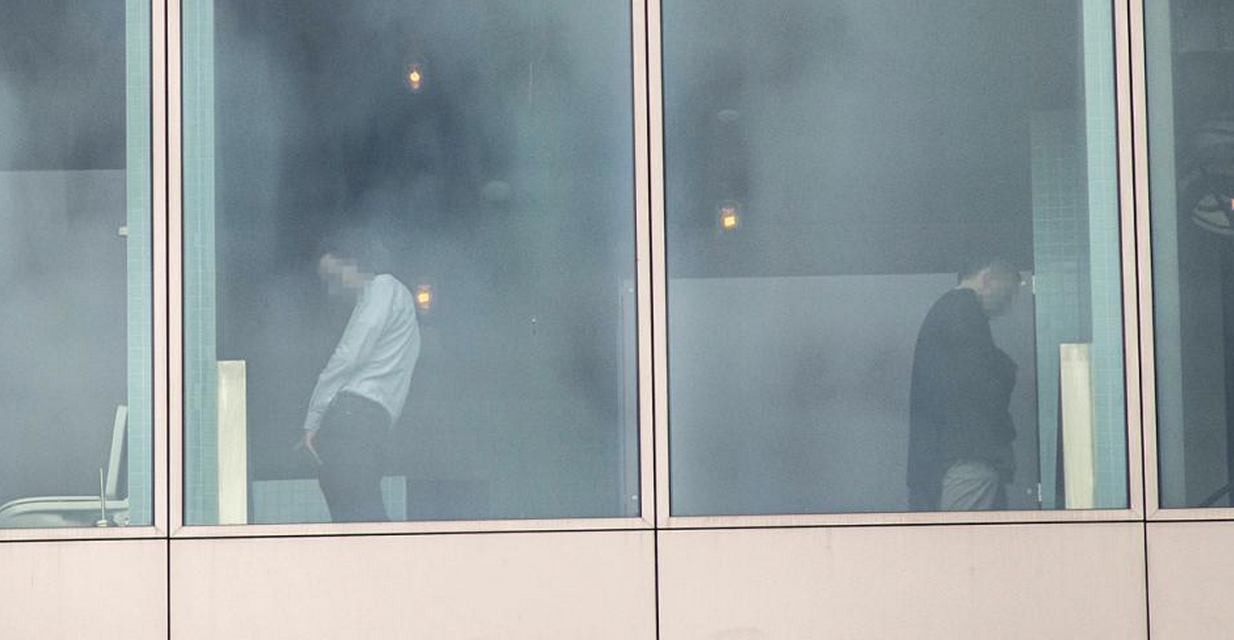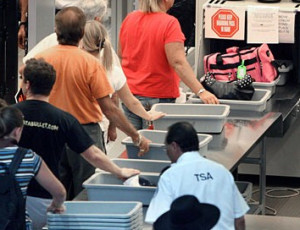You may have seen the allegedly leaked 2-page document claiming to be a “SPOT REFERRAL REPORT” used by specially trained TSA officers, known as Behavior Detection Officers, to watch and interact with passengers going through TSA security screening areas.
The Intercept has the story and document here.
It is no secret that the program exists. The Department of Homeland Security recently shown its own SPOTlight on the topic in its publication TSA’s Screening of Passengers by Observation Techniques in May 2013, suggesting a cost-effect application of the process with a strategic plan that provides results driven data (my words). We wait.
RELATED:
GUIDE: Do I Need A “REAL ID” Card To Fly?
Smoked Pot On Vacation? Your Job Might Be The Least Of Your Problems
Denver Airport’s Ban On Marijuana Themed Merchandise: Constitutional?
GUIDE: Are You Allowed To Smoke E-Cigarettes On A Plane?
The program goes by the acronym SPOT – Screening of Passengers by Observation Techniques – and seems to employ the use of techniques that law enforcement officers and the like have been trained on and implemented for years. The art (not science) of detecting behaviors that may be associated with stress, fear, or deception has been a common tool for police, but it’s just that — a tool. Not a conclusive measurement, or at least it should not be.
Examples of ONE point identifiers aka STRESS factors:
Arrives late, avoids eye contact, fidgeting, whistling, sweaty palms, repetitive touching of face
+1 point
Examples of TWO point identifiers aka FEAR factors:
Arrogance, a cold penetrating stare, rigid posture, powerful grip on bag
+2 points
Examples of THREE point identifiers aka DECEPTION factors:
Appears confused, disoriented, in disguise
+3 points
Examples of point REDUCERS:
With a family -2 points
Married couple over 55 yoa -2 points
Female over 55 yoa or Male over 65 yoa -1 point
6+ points? – screen AND notify LEO (law enforcement officer)
However the ACLU argues not only is this “junk science”, it leads to bias and racially motivated profiling. The ACLU has filed a lawsuit (available here) claiming the TSA has spend over $1 billion on SPOT since 2007 and seeks injunctive relief against the TSA to reply to its FOIA request seeking documents related to the behavior observation program.
The ACLU offers support to its argument from these sources:
GAO Report – AVIATION SECURITY: TSA Should Limit Future Funding for Behavior Detection Activities; GAO-14-159: Published: Nov 8, 2013.
Nature – Intent to deceive? Can the science of deception detection help to catch terrorists? Nature, Vol. 465; May 27, 2010.
Has the TSA put too much emphasis (and money) into this method of screening? How can such a subjective test with such extravagant determination beacons be reduced to such an objective, mathematical equation of suspicion? Maybe because it cannot.
As a former police officer and now trainer of rookie law enforcement men and women, I do put some value in reading a person’s non-verbal communication points. To NOT play a conscience game of poker face with a suspect would be rare, and frankly unwise, in any interaction. But it is never the primary element of a measured, reasonable determination of building an investigation.
For example, a common technique used by police officers is to throw a suspect a curve-ball question to measure her reaction. During a traffic stop, even the most innocent of drivers is likely nervous. When an officer poses the question, “Do you have any guns, knives, drugs, hand grenades, or bazookas in the car I should be concerned about?” it is not to determine the content of the driver’s answer, but HOW he answers. Most people answer with a nervous chuckle or short giggle and “no” while a guilty party MIGHT remain unfazed by the goofy question, responding with a simple “no” while he is screaming in his head to himself, “OH MY GOD, WHAT IF HE FINDS THAT GUN UNDER MY SEAT!!!” Again, it is just another technique in police work, in an officer’s tool belt, and not the one around her waist. But it is not a sole determinate.
To what extent, if any, should the TSA implement such techniques?
Here is the ACLU’s hilarious video, which clearly establishes its opinion on the topic.
____
@travelblawg
facebook.com/travelblawg
Subscribe in the sidebar!
Disclosure of Material Connection: Some of the links in the post above are “affiliate links.” This means if you click on the link and purchase the item, I will receive an affiliate commission.






[…] TSA’s 92 Ways To SPOT A Terrorist: Ridiculous? […]